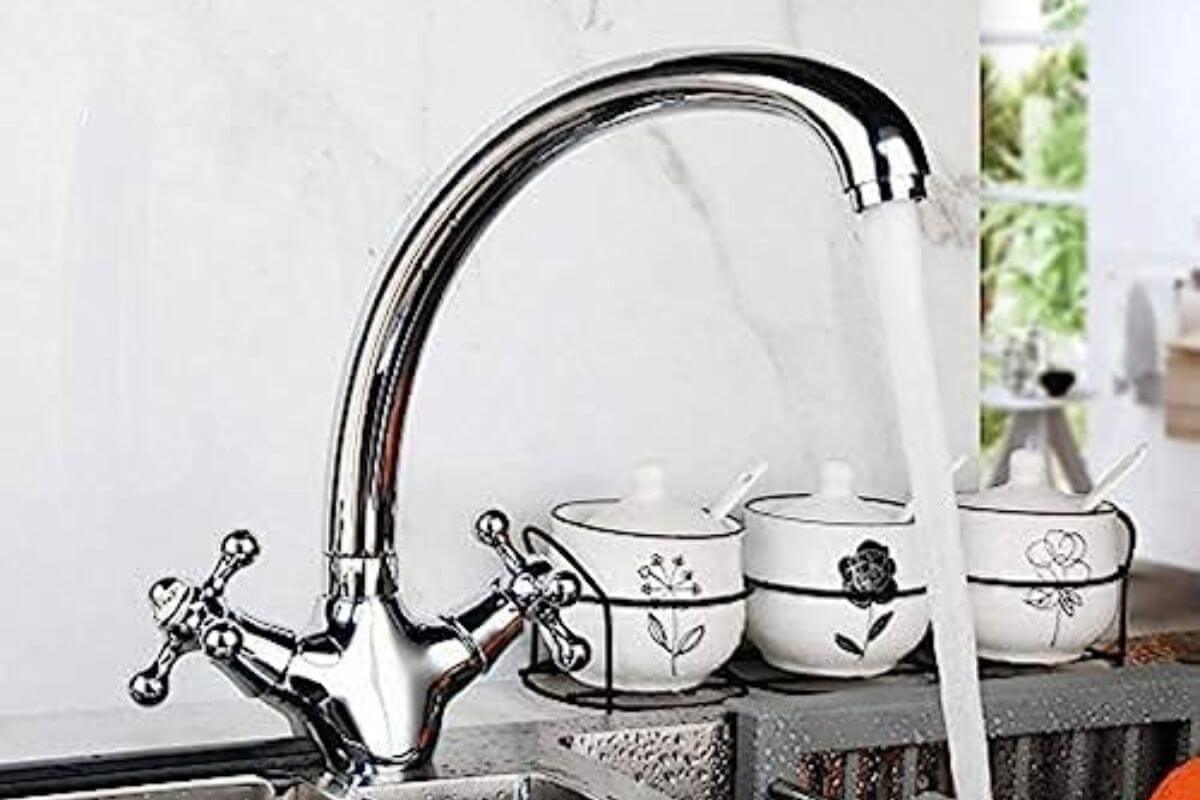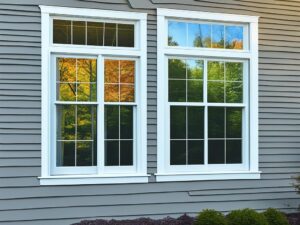When it comes to upgrading your kitchen, the faucet is a key component that can significantly impact both functionality and aesthetics. Two popular choices for kitchen faucets are chrome and stainless steel. In this article, we’ll compare these two materials to help you make an informed decision for your kitchen.
Chrome Kitchen Faucet
Aesthetic Appeal
Chrome kitchen faucets are known for their shiny and polished appearance. They have a reflective surface that adds a touch of elegance to any kitchen. The high-gloss finish complements various kitchen styles, from traditional to modern.
Durability
Chrome faucets are coated with a layer of chrome plating, making them resistant to corrosion and tarnishing. This durability ensures that the faucet maintains its luster even after years of use. Regular cleaning can help preserve the shine.
Affordability
Chrome faucets are often more budget-friendly compared to stainless steel. If you’re looking for an attractive yet cost-effective faucet, chrome is a great choice.
Variety of Styles
Chrome faucets come in a wide range of styles and designs, providing homeowners with various options to match their kitchen decor. This versatility makes it easy to find the perfect chrome faucet for your space.
Ease of Maintenance
Maintaining a chrome faucet is relatively simple. Regular cleaning with mild soap and water is usually sufficient to keep it looking its best. Avoid abrasive cleaners to prevent scratching the surface.
Stainless Steel Kitchen Faucet
Modern Aesthetics
Stainless steel kitchen faucets exude a modern and sleek appearance. Their matte finish and clean lines make them a popular choice for contemporary kitchen designs. The understated elegance of stainless steel can complement a minimalist decor.
Exceptional Durability
Stainless steel is renowned for its durability. It is resistant to rust, corrosion, and staining, ensuring that your faucet will stand the test of time. This makes it an excellent choice for kitchens where durability is a top priority.
Hygiene and Cleanliness
Stainless steel is a hygienic material, as it is non-porous and easy to clean. It resists the growth of bacteria and germs, making it an ideal choice for kitchens where cleanliness is paramount.
Longevity
Stainless steel faucets are built to last. They are less likely to show signs of wear and tear, making them a long-term investment in your kitchen.
Price Range
Stainless steel faucets typically fall within the mid to high price range. While they may be more expensive than chrome options, their durability and longevity can justify the investment.
Making Your Choice
The choice between a chrome and stainless steel kitchen faucet largely depends on your kitchen’s style, your budget, and your personal priorities:
- Chrome is an excellent choice if you want an affordable, visually appealing faucet with a wide variety of styles to choose from.
- Stainless steel is the right option if you prioritize durability, hygiene, and a modern aesthetic, and are willing to invest a bit more.
In conclusion, both chrome and stainless steel kitchen faucets offer unique benefits. Your decision should align with your kitchen’s design and your preferences for aesthetics, durability, and maintenance. Regardless of your choice, a well-selected faucet can significantly enhance the functionality and appearance of your kitchen.

FAQs
Are chrome and stainless steel the only options for kitchen faucets?
While chrome and stainless steel are popular choices, there are other options like brushed nickel, oil-rubbed bronze, and matte black finishes available for kitchen faucets, each with its own unique look.
Do chrome faucets show water spots and fingerprints easily?
Chrome faucets can show water spots and fingerprints to some extent. Regular cleaning with a soft cloth can help maintain their shine.
Are stainless steel faucets completely resistant to scratches?
While stainless steel is durable and resistant to scratches, it’s not entirely scratch-proof. Avoid using abrasive materials or harsh cleaning agents that can potentially cause minor scratches.
Which type of faucet is more resistant to corrosion – chrome or stainless steel?
Stainless steel is known for its exceptional resistance to corrosion. It is a preferred choice for environments where exposure to moisture and humidity is a concern.
Can I use harsh chemicals to clean a stainless steel faucet?
It’s best to avoid using harsh chemicals on stainless steel faucets, as they can damage the finish. Use mild soap and water for routine cleaning.
Which material is more eco-friendly – chrome or stainless steel?
Stainless steel is considered more environmentally friendly as it is recyclable and has a longer lifespan, reducing the need for replacements.
Do stainless steel faucets come in a variety of styles and designs?
Yes, stainless steel faucets are available in a wide range of styles and designs, including pull-down, pull-out, and traditional models, to suit various kitchen aesthetics.
Can I change the finish of my faucet over time?
While it is possible to change the finish of a faucet, it can be a complex and expensive process. It’s usually more practical to choose a faucet with the desired finish from the start.
Is there a significant difference in the maintenance of chrome and stainless steel faucets?
Both chrome and stainless steel faucets are relatively easy to maintain. Regular cleaning with mild soap and water is usually sufficient to keep them in good condition.
Are there specific cleaning products recommended for chrome or stainless steel faucets?
It’s advisable to use cleaning products designed for the specific material of your faucet. Mild soap and water are safe choices for both chrome and stainless steel. Always follow the manufacturer’s care instructions for the best results.
In summary, your choice between a chrome and stainless steel kitchen faucet should align with your kitchen’s style, durability needs, and personal preferences. Both options offer distinct advantages, and your selection will enhance the functionality and aesthetics of your kitchen.




